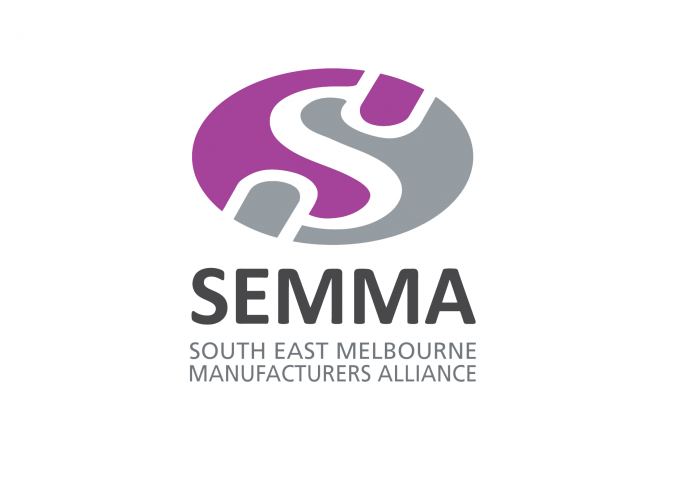
Media Release
As the leading industry body representing manufacturers in the south-east of Melbourne, EMMA welcomes recent comments by the Prime Minister Scott Morrison, the Federal Treasurer Josh Frydenberg, Minister for Finance Mathias Cormann and Minister for Industry
Karen Andrews about the need to focus upon our manufacturing supply chains. The focus however must be much broader than essential medical equipment and pharmaceuticals.
In order to ensure that our economy can recover and thrive in the shortest possible time-frame we need to take action NOW, recognizing that Manufacturing has the highest multiplier effect of any sector: the multiplier effect flows from manufacturing through the economy and creates jobs in other sectors.
In the short term we need Governments at Federal and State levels to focus on their policy settings and procurement processes to ensure support for onshore manufacturing and robust supply-chains. We are not promoting protectionism, denying the benefits of globalization, seeking to wind back Free Trade Agreements or asking for government handouts.
We need immediate action to: –
1. Institute an active Import Replacement programme across all imports to identify what can be made onshore. Focus initially on the 80/20 rule to identify the items which will provide greatest employment and economic benefit in the short term. The recent response to the call for manufacturers to ‘pivot’ to produce essential medical items demonstrates the capabilities and versatility of our manufacturers.
2. Federal, State and Local Governments to require meaningful percentages of local content for all Government procurement, not just for major construction projects.
3. Ensure that current, major infrastructure and transport projects continue to keep as many Australians in work as possible.
4. Mandate for and monitor the use of 100% Australian steel in all major Government
projects.
Longer term there are major policy settings needed around: –
5. Effective levels of incentive for R&D investment by manufacturers.
6. Effective models for Industry – University collaboration to take innovation through to commercialization with production retained in Australia and outputs exported globally.
7. Energy Policy – To provide clarity, certainty and restore the advantage Australia used to have in terms of inexpensive energy inputs.
8. STEM – Education and skills including internships and apprenticeships designed to meet industry needs.
9. Policies and processes which are appropriately geared, recognizing that most manufacturing employees are employed in SME’s and it is these companies which make up our supply chains.
To ensure that our collective focus remains fixed upon the manufacturing “engine room” of our economy we recommend implementation of national targets to increase the manufacturing contribution to GDP from the current 6.9% to 10% by 2025 and minimum 15% or better by 2035. Strong economic growth will drive the creation of well paid, high value jobs.
Manufacturing is the industry upon which the economic success of industrialized countries is developed and sustained. Messrs. Morrison, Frydenberg, Cormann and Ms. Andrews are correct: a thriving manufacturing sector is essential to our economic prosperity, our quality of life and our national security.
Image Credit: www.semma.com.au



















